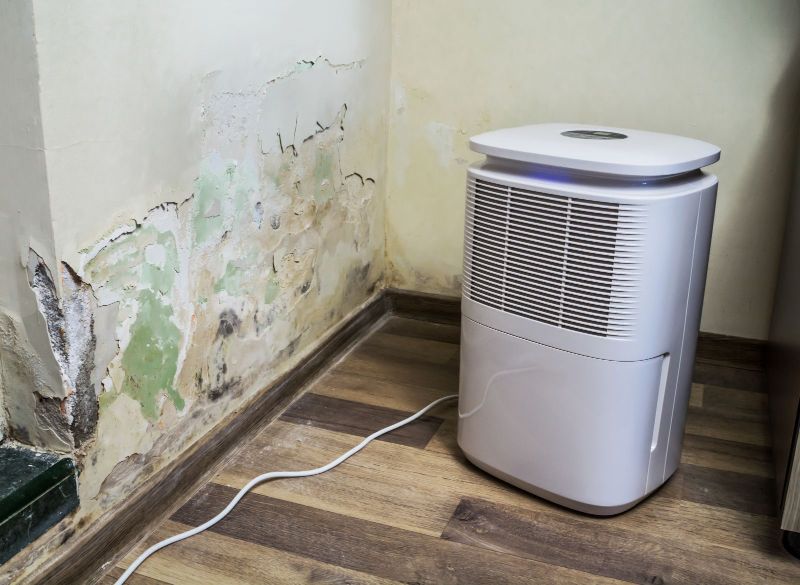Water damage can wreak havoc on homes, leaving behind not just physical damage but also the potential for long-term issues like mold growth. In the aftermath of water damage, one of the critical steps in preventing mold is effective dehumidification. Understanding the process and its significance can be pivotal in safeguarding your home. Let's delve into the essentials of dehumidification and how it plays a pivotal role in mold prevention post-water damage.
Understanding the Impact of Water Damage
Water damage, whether from a burst pipe, flooding, or leaks, creates a breeding ground for mold. Excess moisture in walls, ceilings, and floors provides an ideal environment for mold spores to flourish. Mold not only damages the structural integrity of your home but also poses health risks to inhabitants.
Importance of Dehumidification
Dehumidification is the process of removing excess moisture from the air and affected surfaces. This step is critical after water damage to inhibit mold growth. By reducing humidity levels, dehumidifiers prevent mold spores from thriving and spreading, mitigating the risk of a potential mold infestation.
The Dehumidification Process
- Assessment: A professional assessment of the extent of water damage is the first step. Identifying affected areas and determining moisture levels guides the dehumidification strategy.
- Strategic Placement of Dehumidifiers: Proper placement of dehumidifiers is crucial. Professionals strategically position these devices in affected areas, ensuring comprehensive moisture removal.
- Humidity Control: Dehumidifiers work to regulate humidity levels, typically maintaining an optimal range between 30-50%. This inhibits mold growth while facilitating the drying of surfaces.
- Continuous Monitoring: Regular monitoring of moisture levels is essential. Professionals use moisture meters to track progress, adjusting dehumidification efforts accordingly.
The Role of Professionals in Dehumidification
While DIY methods exist, enlisting professional assistance for dehumidification post-water damage is advisable. Trained professionals possess the expertise, specialized equipment, and knowledge to effectively mitigate moisture and prevent mold growth. Their systematic approach ensures thorough drying and minimizes the risk of potential issues down the line.
Preventive Measures Post-Dehumidification
After successful dehumidification, additional measures can further prevent mold:
- Thorough Cleaning: Cleaning affected areas removes residual moisture and any existing mold spores.
- Repair and Restoration: Promptly addressing and repairing the source of water damage is crucial to prevent future incidents.
- Proper Ventilation: Ensuring adequate ventilation in affected areas aids in moisture control and prevents stagnant, humid conditions.
Dehumidification serves as a linchpin in preventing mold growth after water damage. Its efficacy in removing excess moisture and inhibiting the proliferation of mold spores is instrumental in safeguarding both the structural integrity of your home and the health of its occupants.
In the aftermath of water damage, prioritizing swift and effective dehumidification, coupled with professional expertise and post-drying preventive measures, can be the decisive factor in averting potential mold-related complications.
Remember, when it comes to water damage and preventing mold, proactive measures and timely dehumidification can make all the difference in preserving the safety and integrity of your home.

